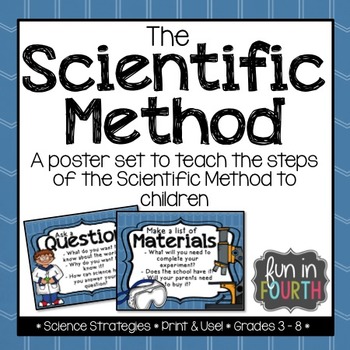I recently attended a math professional development session. I learned that I'm doing the right things in math, they just aren't focused and reflective enough. I need to integrate more personal goal setting and fine tune the way students share their work with one another.
I was reminded that I have so many great math picture books sitting on my shelves. I need to read them and use them! Here are some favourites I need to dust off:
This book is about perimeter and area. We had the afternoon to create a math task, and myself and a colleague did a lesson for this book. I probably won't be at a point where I can use it for 6 to 8 weeks, but when I am.... I'll be ready!
There is a whole series of Sir Cumference books. I have several. This particular book is all about place value and base ten blocks. Great for great 2 or a refresher for 3 and 4.
Greg Tang makes several great math books. The one above is about multiplication, of course. His books have math rhymes/riddles and an accompanying picture. I usually don't read the entire riddle, because the end gives a strategy, and I want my kids to tell me the strategy. It's best to project these pictures under the document camera.
Sometime very soon my students and I will be discussing the "traits of a mathematician". We talk a lot about what good readers do, and what good writers do, but never what good mathematicians do. *forehead smack* Why, oh why, haven't I done this already? I really hope that through this they will realize the importance of perseverance when completing a math task.
A final thought for when you are structuring your math lessons. This is from an article we read today titled "Unlocking Children's Math Potential: 5 Research Results to Transform Math Learning" by Jo Boaler.
If we are serious about encouraging students to develop growth mindsets we need to provide open tasks that have the space within them for learning, not short tasks that students are meant to get right or wrong. Tasks are made more open when they have or encourage:
- multiple entry points
- multiple ways of seeing
- multiple pathways and strategies for solutions









